4 Poetic Devices That Can Improve Marketing Copy
Trying to freshen up your marketing copy? You may want to borrow a few things from poetry. OK, if you’re a professional copywriter, now’s your chance...
2 min read
 Writing Team
:
Oct 26, 2023 3:19:30 PM
Writing Team
:
Oct 26, 2023 3:19:30 PM
.png)
If you aspire to craft better prose, immerse yourself in poetry.
This advice may seem counterintuitive for many, particularly if you're not fond of poetry. However, the wisdom behind this suggestion lies in that poets push language boundaries, conjuring new imagery, extraordinary descriptions, and wordplay that captivate the reader's imagination.
The poetic techniques employed by wordsmiths can also be harnessed to elevate your prose, allowing you to tell your story in the most artistic manner possible.
Today, we will cover one of poetry's most potent tools: assonance.
We'll explore its definition, provide illustrative examples, and delve into how you can infuse your work with the essence of assonance.
Assonance is a form of figurative language often employed alongside other literary devices when an author seeks to engage readers creatively while narrating a story.
In simple terms, assonance involves the repetition of vowel sounds closely spaced together, forming an identifiable pattern. This repetition can occur within a single work, a single line, or even extend throughout a stanza or paragraph.
A single line or stanza may intertwine various forms of assonance, often in conjunction with consonance or alliteration to maximize its impact. We'll delve into the various purposes writers have for assonance shortly.
Before going further, let's clarify the distinctions between assonance, consonance, and alliteration.
It revolves around the repetition of vowel sounds, which can manifest anywhere within a word, not solely the first syllable.
This refers to the repetition of consonant sounds, which can also occur anywhere within a word and may include the first syllable.
Alliteration entails the repetition of sounds at the onset of words, specifically at the beginning of words.
Now, let's explore examples of assonance in various contexts.
Assonance is pervasive, and once you become attuned to it, you'll discover it everywhere.
Examples of assonance in songs:
"The Last Great American Dynasty" by Taylor Swift:
"They say she was seen on occasion facing the rocks staring out at the midnight sea."
"Hey Stephen" by Taylor Swift:
"Hey, Stephen, I could give you fifty reasons why I should be the one you choose."
"She" by Dodie Clark:
"She smells like lemongrass and sleep."
"Washington On Your Side" from Hamilton:
"Every action has an equal opposite reaction
Thanks to Hamilton, our cabinet’s fractured into factions
Try not to crack
Assonance, a captivating poetic device, involves the repetition of vowel sounds to create patterns that enhance language's artistic and emotional impact. While it may initially appear obscure, understanding assonance and its counterparts like consonance and alliteration, can profoundly enrich your writing.
Whether you aim to create an internal rhyme for lyrical resonance, evoke specific moods, or make your prose memorable, assonance is a versatile tool. Embracing the poetic techniques of assonance can elevate your storytelling, inviting readers into a world where words are not just tools but instruments of artistry.
%20(1).png)
Trying to freshen up your marketing copy? You may want to borrow a few things from poetry. OK, if you’re a professional copywriter, now’s your chance...
%20(1).png)
Poetry is a diverse and expressive art form that has captivated audiences for centuries. From classical sonnets to contemporary free verse, poets...

Poetry, as an expressive art form, embraces a vast array of structures and styles. Delving into the world of poetic forms reveals a fascinating...